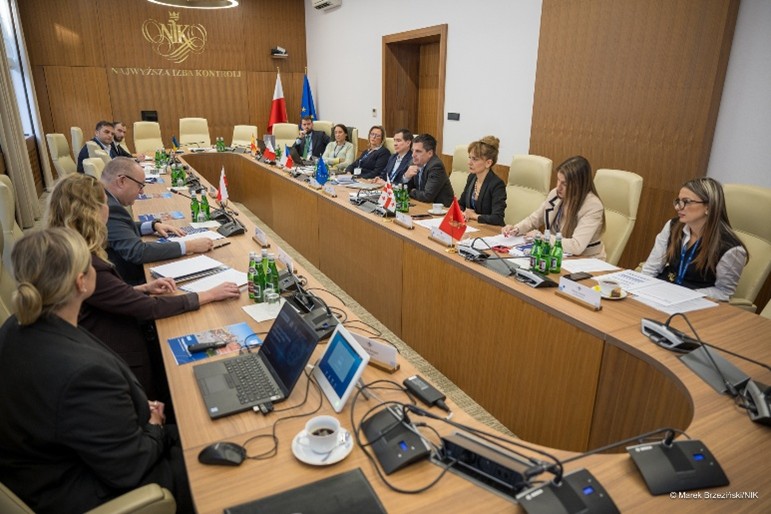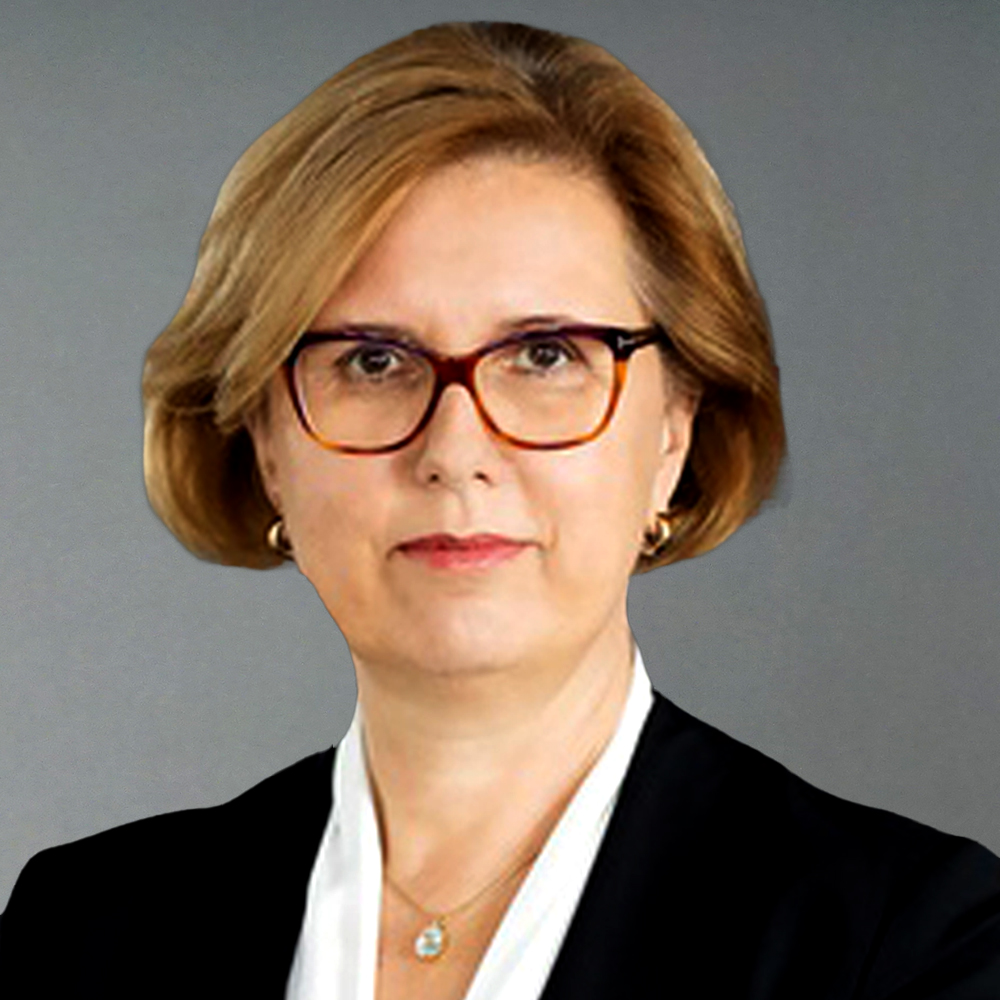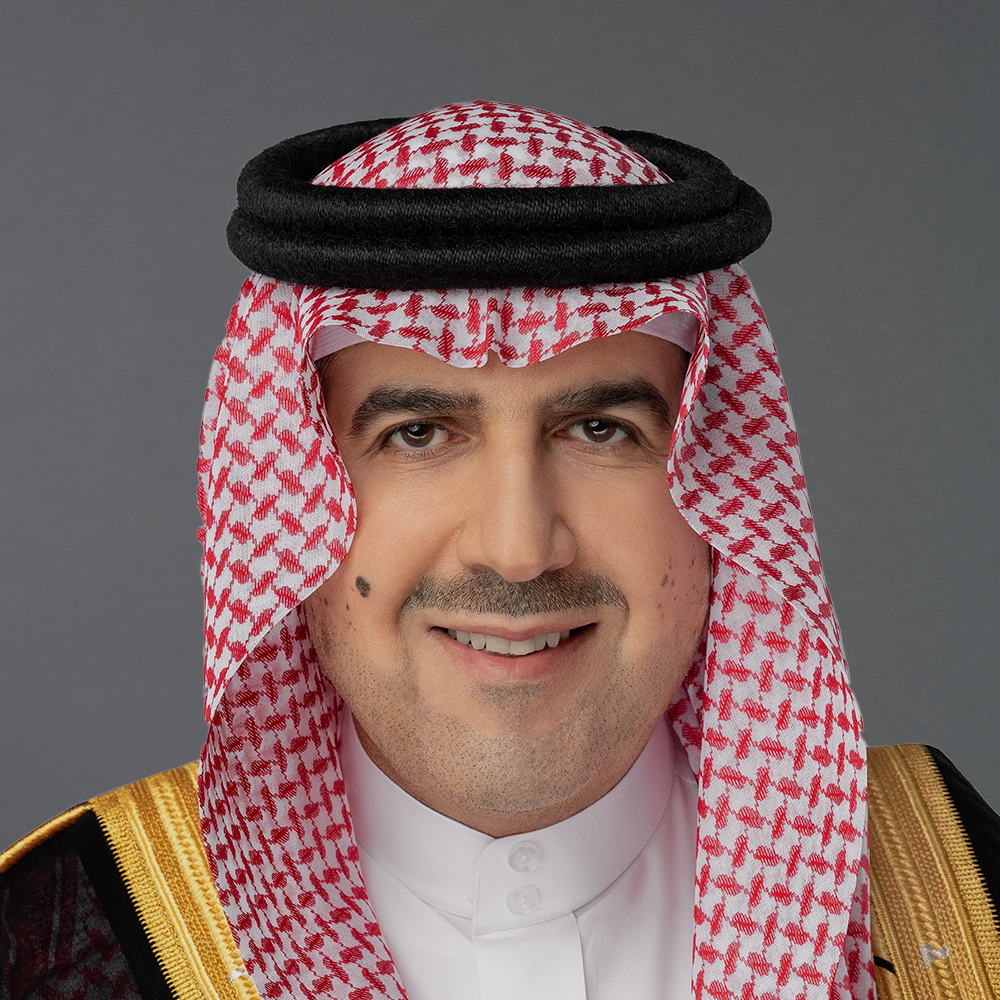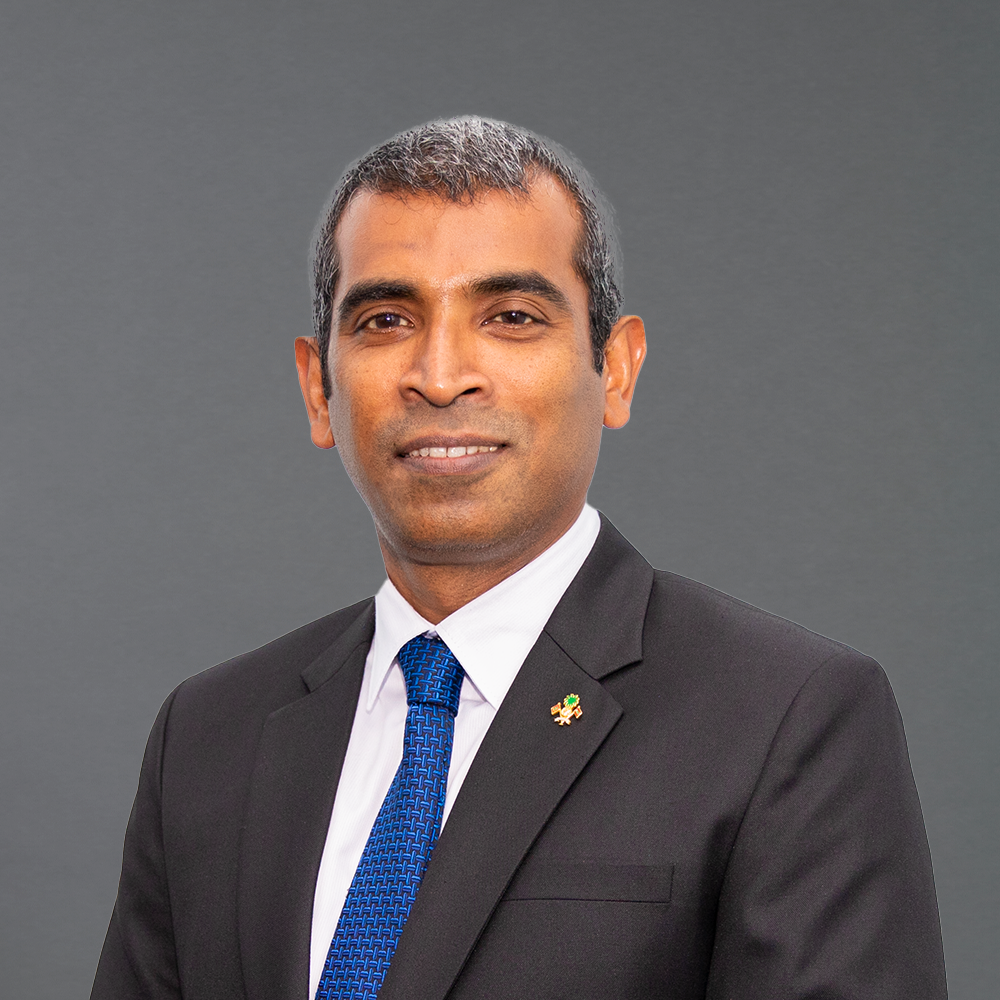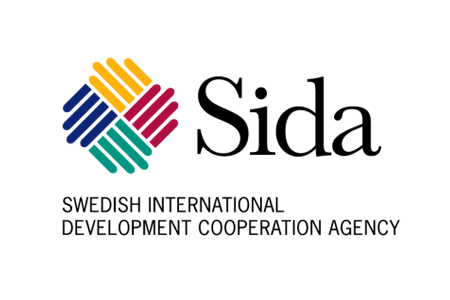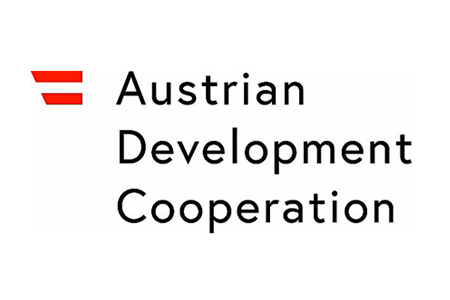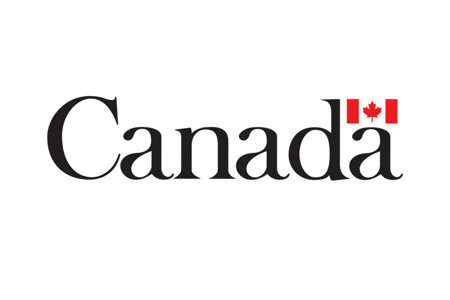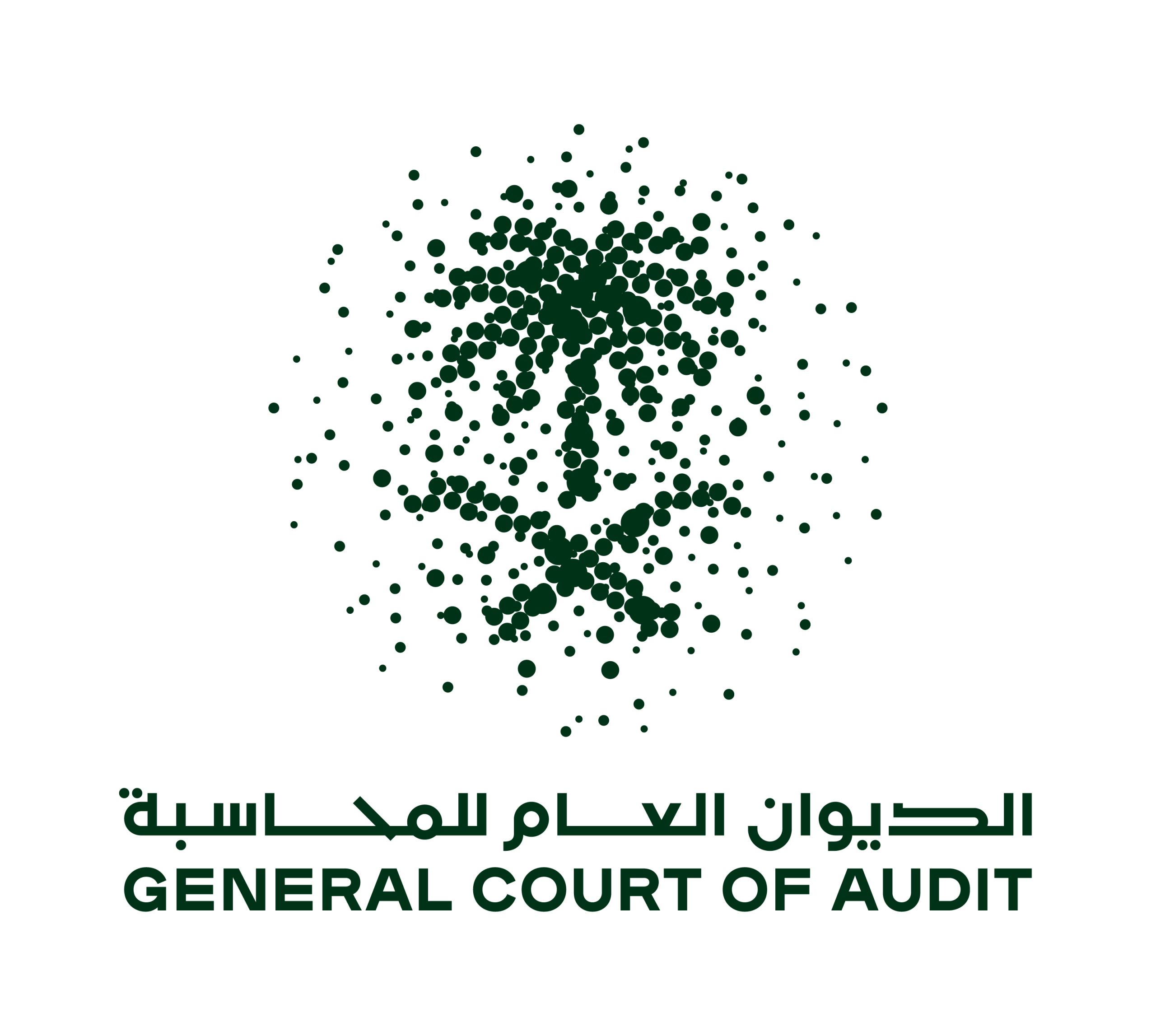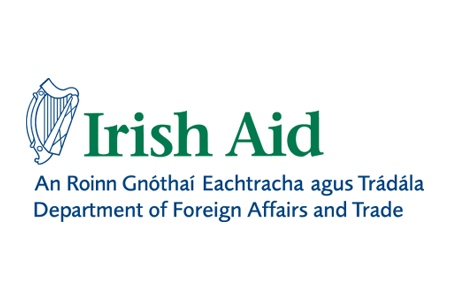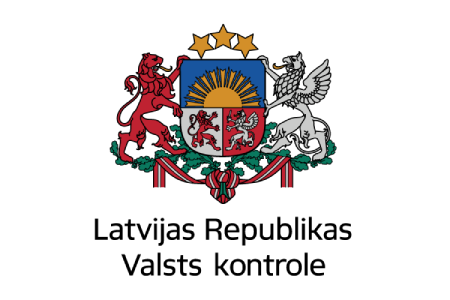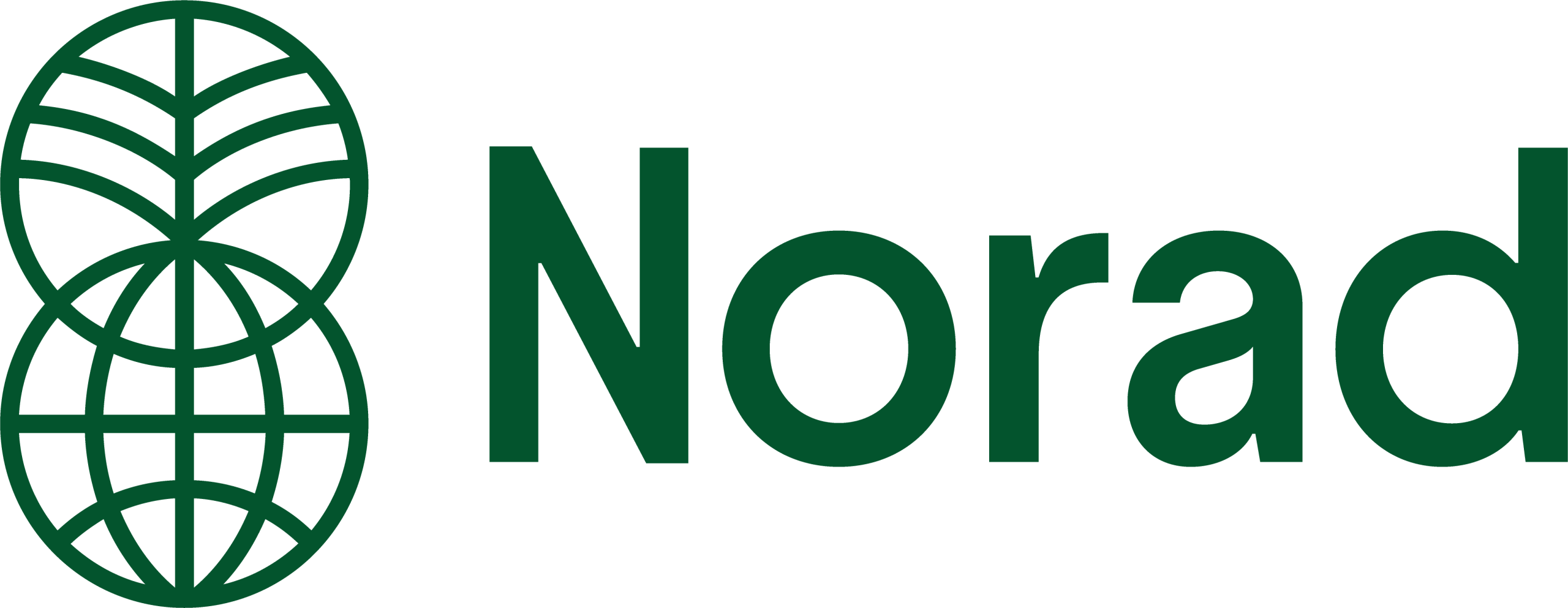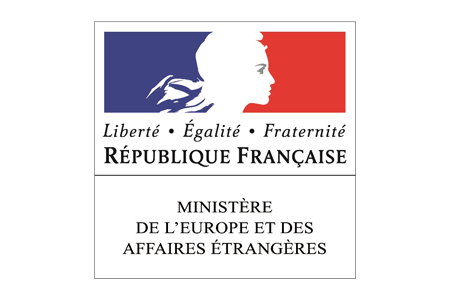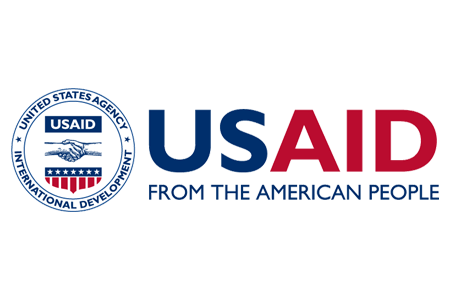About us

History, Vision, and Mission
The Office of the Auditor General of Canada first hosted IDI from 1986 to 2000. In 2001, IDI moved to Norway with the National Audit Office of Norway (NAO) as its host.
IDI transitioned from a training facility to an organisation focused on supporting Supreme Audit Institutions (SAIs) to strengthen their institutional and professional capacity, as well as their own performance.
Today, our work benefits SAIs from over 140 developing countries and contributes to making a difference in the lives of citizens from these countries.

Strategy and Results
IDI sets out multi-annual Strategic Plans that guide its vision, priorities, and approach to work. Our 2024-2029 Strategic Plan lays the foundation for IDI to enhance support for Supreme Audit Institutions (SAIs) that prioritises Sustainability, Digitalisation, and Enhancing Public Trust in SAIs.
In support of the Strategic Plan, IDI develops an annual Operational Plan, highlighting the specific objectives and anticipated outcomes for its work.
IDI’s Annual Report reflects on each year’s Operational Plan, identifying key results and takeaways, successes in meeting objectives, and areas for improvement.
The reporing cycle ensures that IDI’s work is carried out with transparency and accountability.

